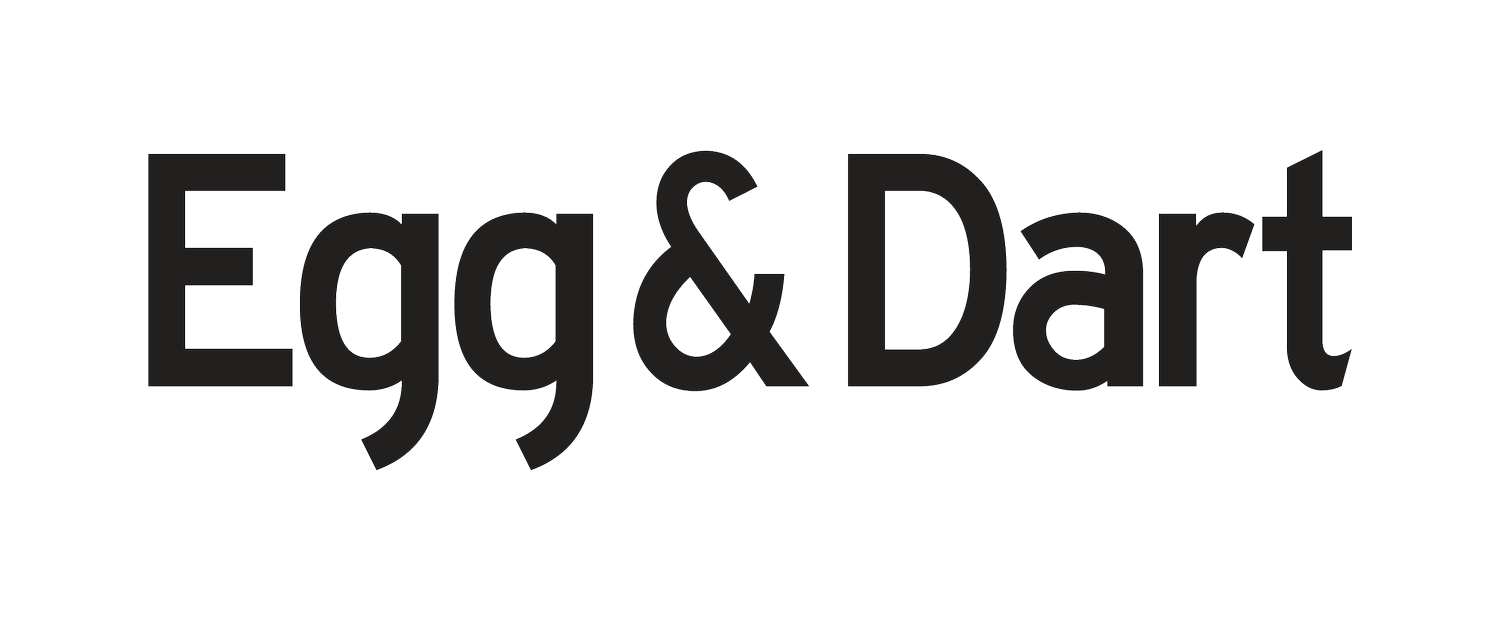The artist would like to acknowledge that the landscapes and stories depicted in this exhibition exist within the countries traditionally owned by the Gunditjmara and Girraiwurung peoples. This exhibition is held on the lands of the Wodi Wodi people of the Dharawal nation. The artist and The Egg & Dart would like to acknowledge their elders emerging, past and present.
n low light the eye preferences blue tones. Madeleine Peters latest exhibition uses a phthalo blue to bring us into a dusky environment of indeterminate time. She presents paired images that contemplate human impacts on the landscape and the strange stories associated with them. Geological formations are used as substitutes for standard architecture – the cave is an opera house; the hill is a crypt. She continues her connection with the landscape around the Shipwreck coast in Victoria but this time follows leads on colonial stories.
Currently in Melbourne, Peters is not walking the Shipwreck area as closely but is instead reading and uncovering. A lot of images articulate stories the artist has heard documented in particular locations. She might focus on a site and then research it. For events where there is no photo, she generates hybrid images from her own found sources of old books and personal photographs. This is a deliberate attempt to reproduce a substitute reality and in the process acknowledge our inability to step into it. Madeleine Peters wants people to think gently about associations between things: the bluestone and weathered volcanoes of the area, activities of early mining and wool production.
In painting, mimesis is a play with an illusionistic appearance of things, but Peters has then swathed her scenes in an eternal blue. The consistent colour asserts that these disparate images occupy the same world and the viewer is entering into a particular zone. Human activity is seen in its variety and strangeness as shimmering lights on the horizon, a diva singing at the mouth of a cave, stacked chairs awaiting guests, all evidence of gathering and ritual. Her painting becomes a record of events that, as the artist says, “feel like a poem or a dream”. One work in particular highlights this mimesis: two men in Victoria are making an early recording on an Edison tube – and the sound recorded is one of the men imitating a chicken.
Heaven Below explores a nexus of belief, place and technology. The paired images document the undocumented. Here are paintings echoing events, standing in for operative performances that were never recorded in landscapes reformatted over time. And here is a contemplative painter making work during an extreme bushfire season where she felt the need to avoid easy statements. Rather the works are a slowed down space for reflection that uses painting as a way of stitching time together incompletely.
-Melody Willis









